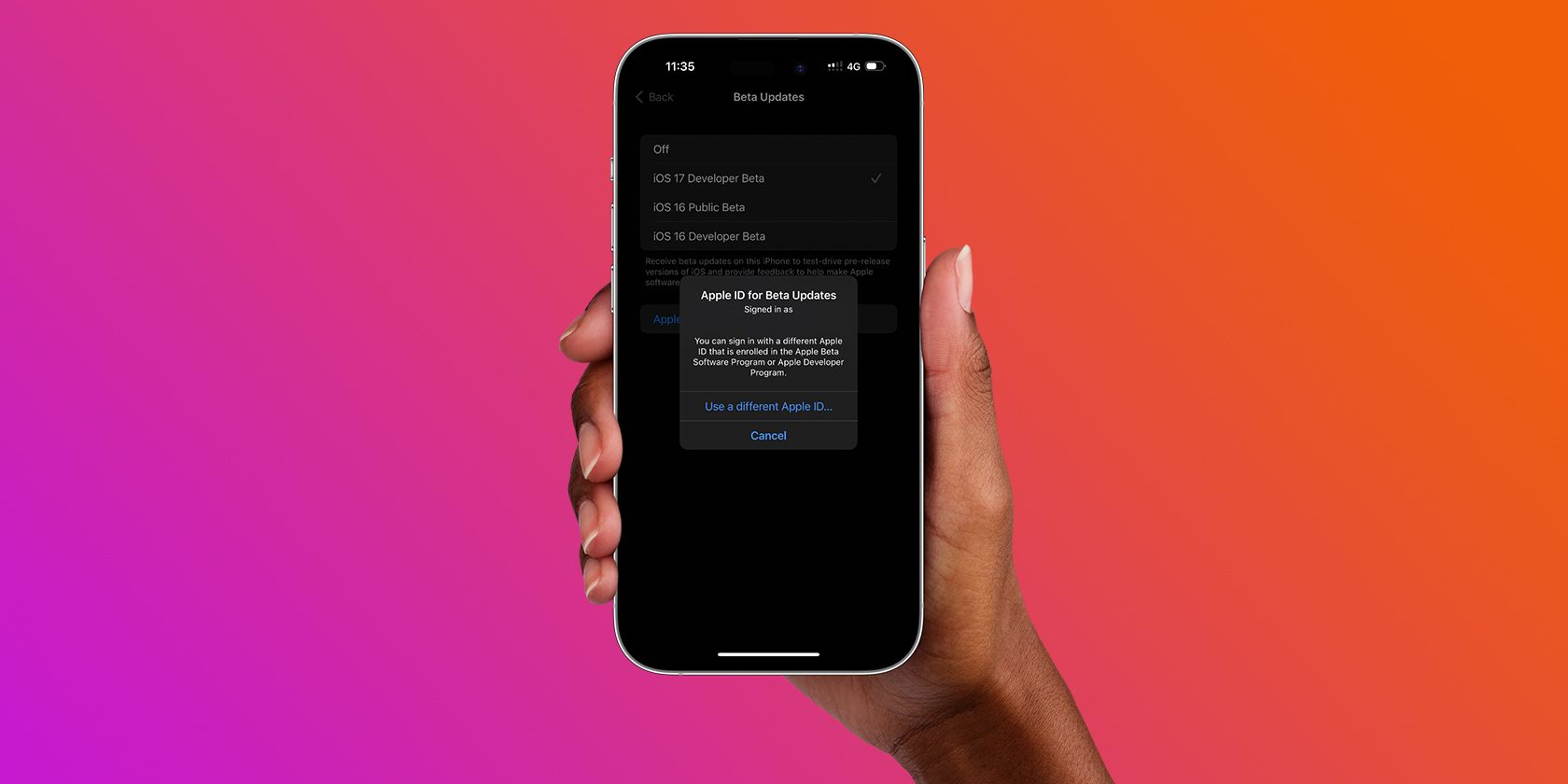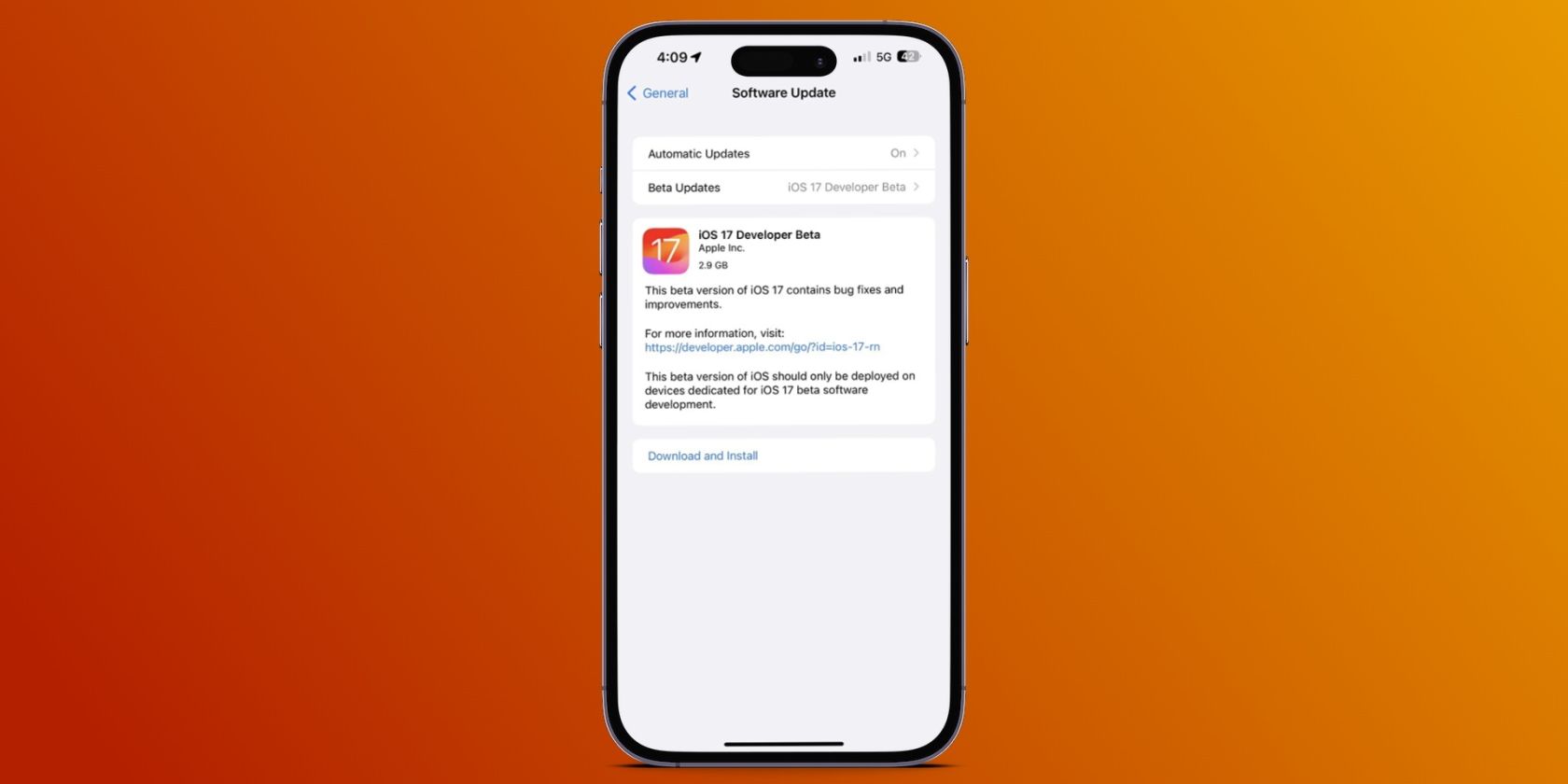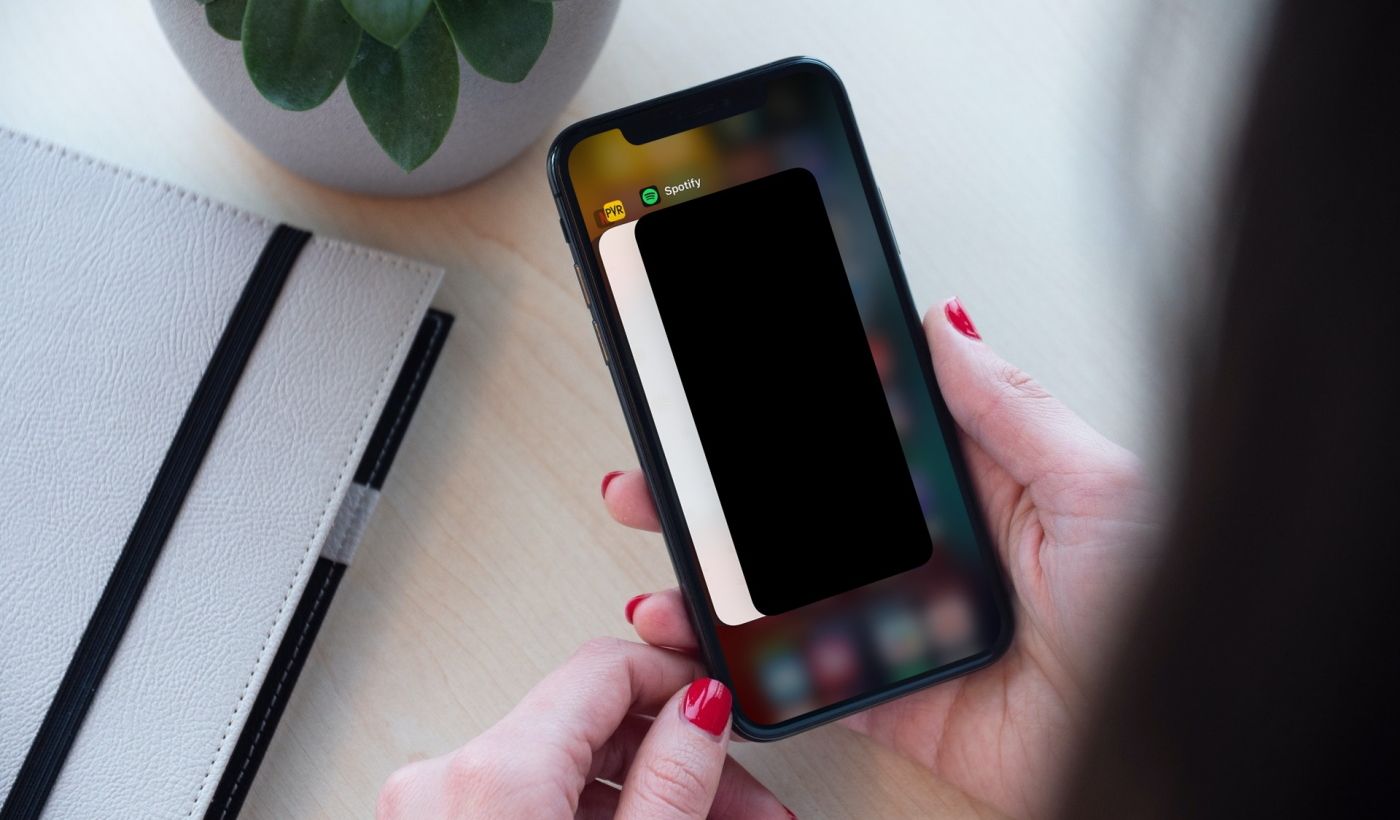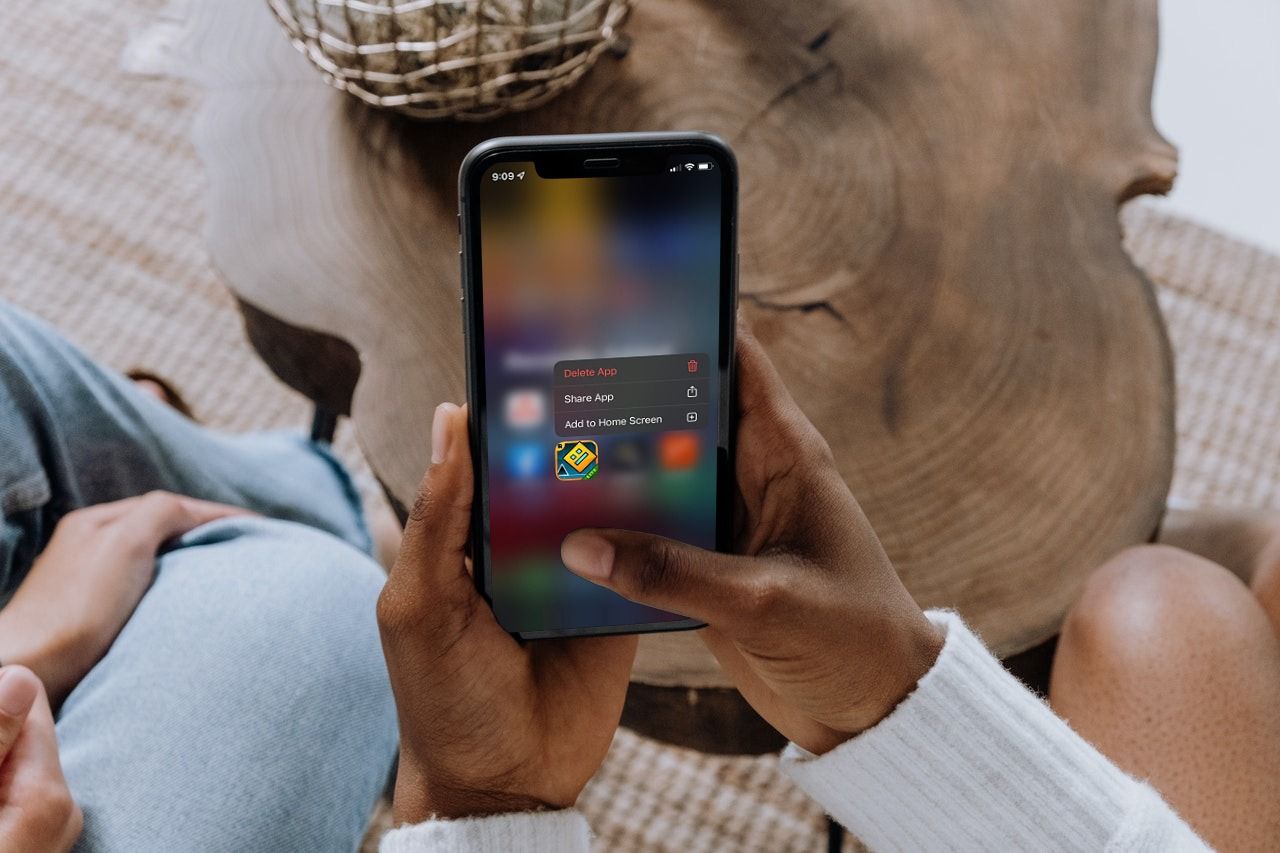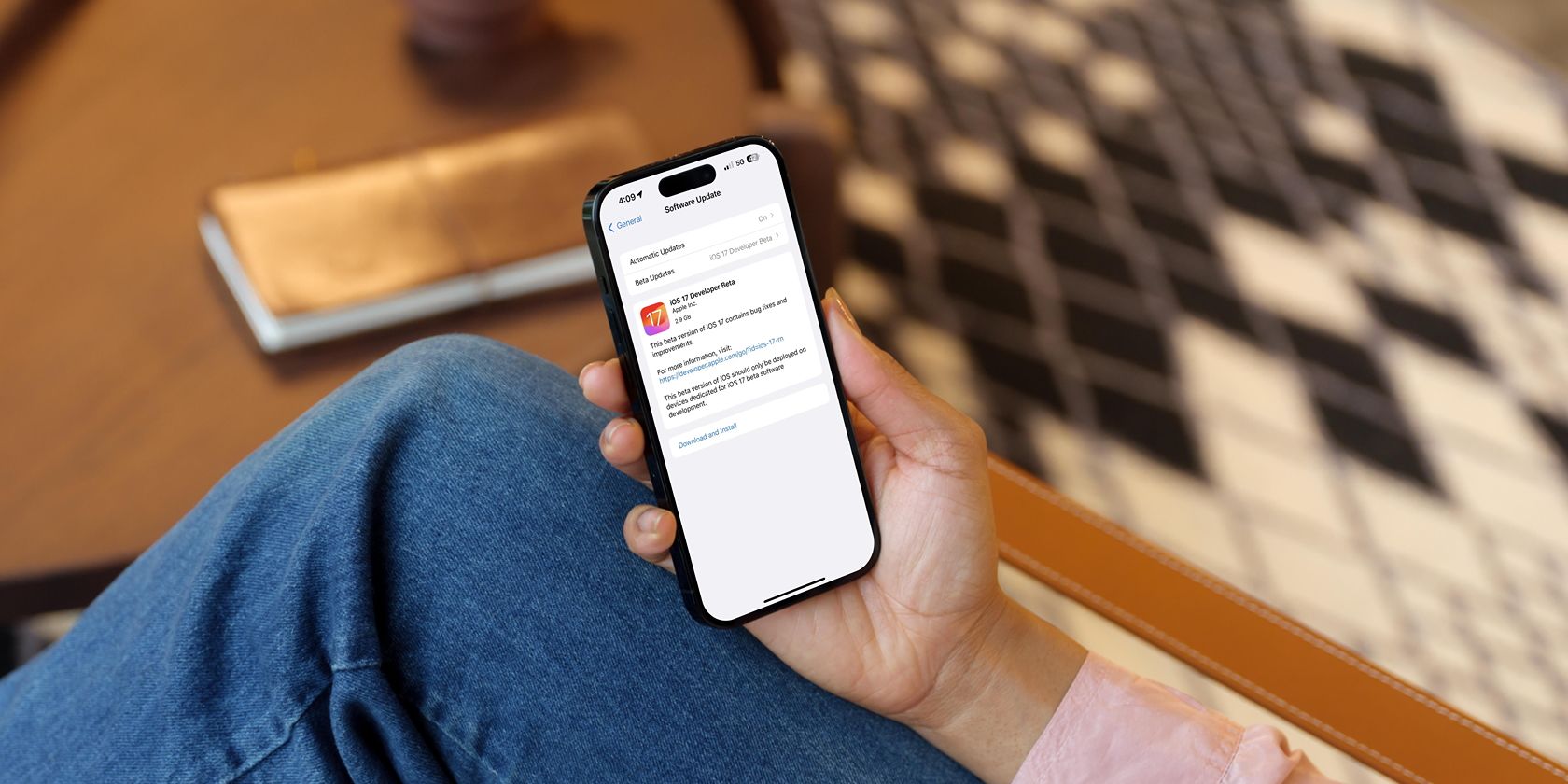Apple rolled out the first beta of iOS 17 shortly after announcing it at WWDC 2023, and you might be wondering if it’s safe to install it on your iPhone or not. Well, not everyone can access it at the moment, but if even you can, you should probably wait a little longer.
There are multiple reasons why Apple doesn’t make early beta builds available to the general public, instead restricting them to developers and beta testers. So, let’s take a look at why you shouldn’t install the iOS 17 beta on your iPhone right now.
What Does Developer Beta Mean?
The developer beta of an iOS update is an early experimental build of the software, primarily intended for developer use. The main purpose of a developer build is to make sure app developers can access the latest software and optimize their apps before the final public release.
It also serves as a way for Apple to iron out the notorious bugs and glitches to ensure a smooth and stable rollout.
Here’s how Apple rolls out its software:
- The first release of any iOS version is exclusively made available for developers to test out.
- After one or more developer beta builds, Apple releases a new public beta build to users participating in the Apple Beta Software program.
- Then, after weeks of public testing, Apple will begin rolling out the final stable build of iOS.
Apple released the developer beta for iOS 17 on June 5, 2023, at WWDC 2023, announcing a public beta scheduled to release in July, with the final stable release expected in the fall. So, here are all the reasons you should skip the beta entirely and wait until the final release.
1. Performance and Stability Issues
If you’re interested in trying out iOS 17 as early as possible, you need to understand that the current iOS 17 beta is not suitable for use on your main device. Sure, it may function fine for the most part, but that doesn’t mean you won’t notice performance and stability issues on a device you use every single day.
The issues you may face can range from battery drain to slowdowns as you switch between apps, among many other things. Unfortunately, phone battery drain is one of the most common problems with beta builds. Hence, it’s highly not recommended to install an early beta build on your primary iPhone.
Some users may report that they haven’t faced any performance or battery-related problems but do note that these stability issues heavily depend on the iPhone model you have. If previous years are any indicator, older iPhones often tend to run into more issues.
2. Unsupported Apps
When you update your iPhone to the latest beta software that has been available for just a few days, you’re likely to run into compatibility issues with certain apps.
I personally encountered this problem when I updated to the iOS 16 public beta in 2022. Most of my banking apps crashed upon launch, and I had no option but to wait till the final release for the app developers to update their apps.
While popular apps may work just fine, some apps that haven’t been regularly updated may crash on launch or face stability-related problems. Of course, you wouldn’t want any of the apps you regularly use to be affected by this. This is exactly the purpose of developer beta builds, as we mentioned earlier.
App developers can hop on the latest software and check if their apps are functioning as intended. If not, they can take their time and fix the bugs without worrying about the App Store ratings. This helps them avoid similar issues once Apple makes the software available to the general public.
3. You Could Lose All Your Data
While this problem isn’t specific to beta builds, it’s more common during beta updates. When you’re updating your iPhone to a major new software version, especially beta software, there’s always a tiny risk that you’ll brick your device and lose all your data in the process.
Every year, a handful of users report that their iPhones are stuck on the Apple logo screen for hours during an update. Sad to say, the only way to get out of this sticky situation is to put your iPhone in recovery mode and restore it using your computer. This means you will lose all the data stored on your device.
On the bright side, this potential data loss can be avoided by simply backing up your iPhone before an update. You can restore your erased iPhone from a local or iCloud backup to recover your data within minutes.
4. The Developer Beta Isn't Even for Beta Testers
Apple only wants developers to install the developer iOS 17 beta. This is why you’re—at the very least—required to sign in to the Apple developer portal to get access to these early builds.
Apple has changed how it rolls out beta updates to iOS and iPadOS devices in 2023. Before, anyone with the beta configuration profile could access developer firmware, but that's no longer possible since iOS 16.4. Unfortunately, this doesn’t stop normal users from heading over to the Apple Developer website to access the beta update on their iPhones.
But any people who do so are likely to experience an even less stable version of iOS than what they’ll get with the public beta further down the line. Really, the developer beta is intended for developers to update their apps, not for beta testers to see how it’s all working.
When Is It Safe to Install the iOS 17 Beta?
Beta software of any kind is never completely safe, and this applies to iOS 17 too. The safest time to install iOS 17 would be when Apple rolls out the final stable build to everyone in the fall or even a couple of weeks after that. By that time, Apple would have completed extensive testing of the software with developers and beta testers.
Having said that, if you don’t have the patience to wait months for the final release this fall, the next safest option would be to wait for the iOS 17 public beta that’s set to arrive in July. Apple should be able to iron out any major issues affecting the current developer builds before public beta testers can get their hands on the software.
Don't Update Your iPhone to iOS 17 Too Early
It’s always wise to take a calculated approach rather than rushing in to try out the latest piece of software, no matter what it is. You’ll be avoiding a lot of potential problems by just waiting a few weeks, if not months, especially if you use one of the older iPhones that support iOS 17.
You wouldn’t want your first impressions of iOS 17 to be negative, would you?

